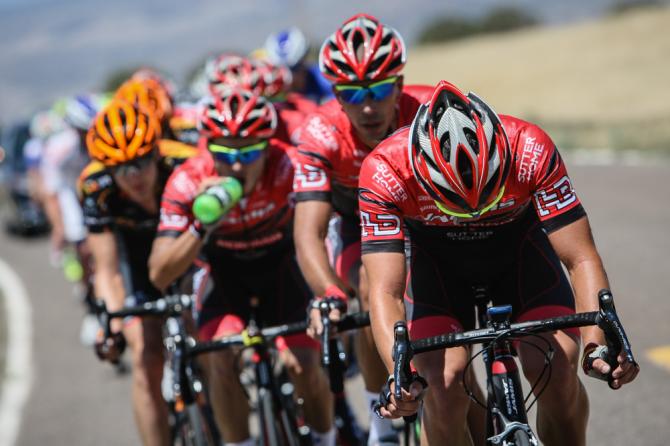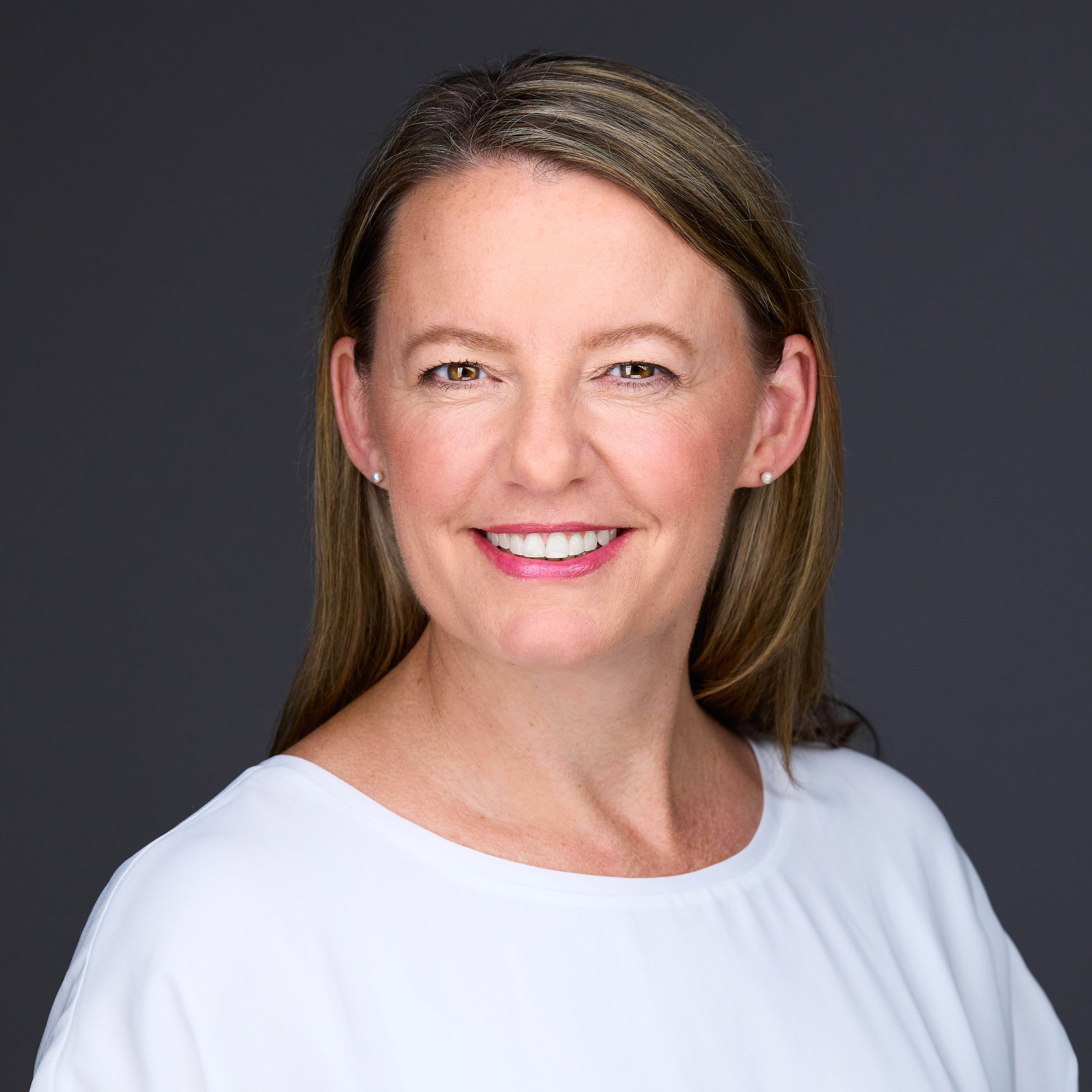Crowded USA Cycling national calendar a strain on team budgets, says Jamis director
Alexandre says smaller schedule would create more interest

On Friday, USA Cycling announced the merger of the National Racing Calendar (NRC) and National Criterium Calendar (NCC) into one road calendar for 2016. It was an idea that Sebastian Alexandre, director of the US-based Continental team Jamis p/b Hagens Berman, originally supported until he found out that it included 24 events, making it a calendar that he says teams can’t afford to contest.
“There are too many races,” Alexandre told Cyclingnews. “It’s a problem because of money. If you look at how teams are now, they are struggling with money and a couple of teams folded, like SmartStop.
“We all need to try and make this [national] calendar work and to keep it continuing, but it doesn’t help the teams by having 24 events. Instead of creating excitement about a national calendar, it has gone the other way.”
The merging of the series’, which were separated four years ago, will bring together five stage races, two road races, and 17 criteriums and omnium events into one racing calendar in 2016. USA Cycling is expected to release the ranking system in the near future.
According to USA Cycling's Vice President of National Events, Micah Rice, the merging of the two calendars was decided upon after USA Cycling was given feedback from race directors of US-based teams at the National Symposium held in October. He noted that Alexandre could not attend the Symposium, along with some of the other teams, but much of the information about the national calendar was discussed at that time, even though the exact number of events on the calendar was not compiled yet.
"We push out a ton of information and try to get as many people to come so that we can discuss things together," Rice told Cyclingnews."That is were the decision was made to pull these two calendars back together. We pulled in all of the applications, from all the people who applied, and the people who made the cut from the two calendars, their events were put up for discussion."
It is worth noting that the former NRC, prior to the split to NRC and NCC in 2012, hosted something like 40 events. So the national calendar for next year is relatively small in comparison. "Several years ago, when there was one NRC, there were 40 events," Rice told Cyclingnews. "While I know 24 events might sound like a lot and that it might be difficult to follow those, it is still solidly fewer events."
The latest race content, interviews, features, reviews and expert buying guides, direct to your inbox!
Alexandre said the thought of bringing the two calendars back together offered some positive aspects, at first. The NRC this year was sparse with only seven events. For women, the series ended in June, and would have ended for the men at that time, too, if it weren’t for The Reading 120 in September. Beefing up the calendar with criteriums would provide more season objectives for Continental teams not invited to Tour of California, Tour of Utah or USA Pro Challenge.
“I thought it would be good to merge the calendars because if teams weren’t invited to the big UCI races, they could go to the national calendar events,” Alexandre said. “And that would also help bring more attention to it, with the bigger teams.
“But when they merged calendars they kept most of the NCC races, so it’s one calendar but it has so many races that the result of this will be that no team will be able to race the whole thing.”
Alexandre, who echoed the thoughts of some of the other Continental teams, believes that the newly merged national calendar would be better off hosting no more than 15 events – roughly six or seven criteriums/omniums and six or seven stage races, which would provide a more budget-friendly series that the Continental teams could realistically contest.
“I think they needed to create one calendar but a shorter calendar, 12 to 15 events. If it were kept simple, with no more than 15 events, than teams could afford to try to go for it. It doesn’t mean that all the teams will go for it, but at least it would be doable,” Alexandre said, who’s team lost Hagens Berman as a co-title sponsor.
“We are all in the same boat – we like to help the promoters and the promoters like to help the teams. Money is so difficult these days, for all of us; races and teams, so the idea of merging the calendars was good but instead of trying to have the best 10 or 15 races, they just mixed calendars, and they will end up having less teams able to participate in it.”
Alexandre said there was a similar problem with the NCC this year, which he believed was also too large at 17 events. The large calendar meant that it was hard for Continental teams with smaller budgets to compete in the whole series, especially when some of those teams were also spending large portions of their funding on competing in stage races.
“The original idea of merging the calendars was to create interest in teams competing in the criteriums again, because one of the unique things about US racing are the criteriums, but bringing in something like 20 criteriums doesn’t help create interest, it goes the other way around.”
Alexandre noted that USA Cycling needs to be more selective with criteriums, and only choose a fraction of them to be on the national calendar. He also suggested that the sport governing body needs to come up with a selection criteria for events to strive to meet, if their goal is to be on the national calendar.
“It would be sad for some criteriums, but USA Cycling needed to choose; take the top six or seven criteriums in the country that have no conflicts with the stage races, and create one calendar with no more than 15 events overall,” he said.
“They have to raise the bar, instead of lowering it, you have to raise it. Because we all try to raise the bar – we were forced to raise the level of the teams just to be able to participate in the bigger UCI races, like Tour of California, and now we do a good job in those races, we are more competitive.
“If USA Cycling were to create a criteria and only take the top six or seven criteriums as part of the national calendar, they would raise the bar, and those race promoters would work harder to get on the calendar, if they want to be a part of it.”
Rice noted that it was USA Cycling's position to try and offer something for all of the stakeholders for next year's national calendar; from race organizers to sponsors, teams and riders. As such, they are trying to figure out the best ranking system that will suit everyone.
"There are a lot of stakeholders in this whole thing," Rice said. "You've got smaller, domestic elite teams where some chased NCC and some didn't, the UCI Continental teams that sort of chased some points but also focused on getting in to events like Tour of California, and UHC that try to get into everything and are looking for opportunities to show off their colours because there is a limited number of races they can race in. Then there is a really large and amazing group of events, who are a huge stakeholder in all of this, running their events and they put sweat and tears into these events.
"There are a number of ways to do it but we really want to make sure we do the right things for everyone. We need to discuss it more and make sure that we are doing it right. Our job at USA Cycling is to grow the sport of bike racing in the US, and so we need to work with our stakeholders to figure out what will work best to grow the sport."

Kirsten Frattini has been the Editor of Cyclingnews since December 2025, overseeing editorial operations and output across the brand and delivering quality, engaging content.
She manages global budgets, racing & events, production scheduling, and contributor commissions, collaborating across content sections and teams in the UK, Europe, North America, and Australia to ensure audience and subscription growth across the brand.
Kirsten has a background in Kinesiology and Health Science. She has been involved in cycling from the community and grassroots level to professional cycling's biggest races, reporting on the WorldTour, Spring Classics, Tours de France, World Championships and Olympic Games.
